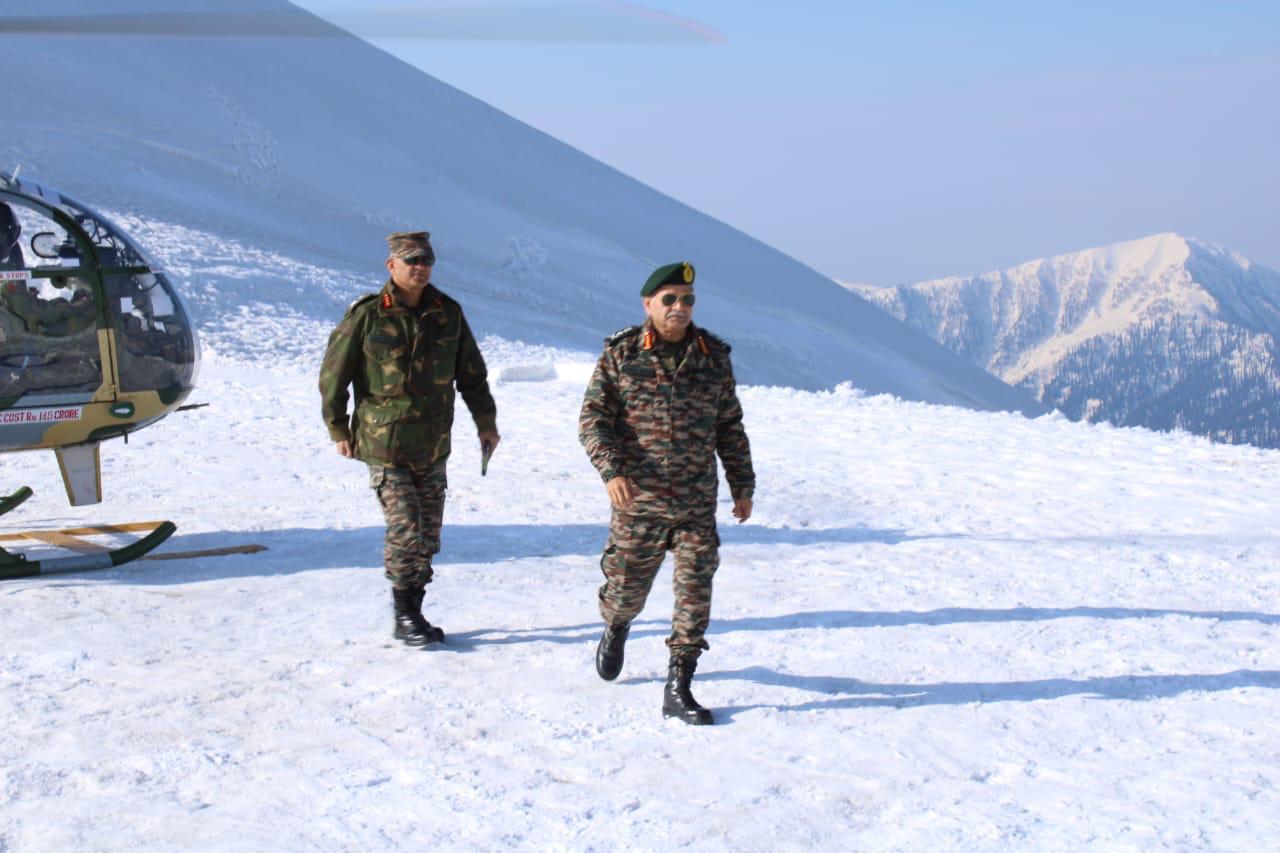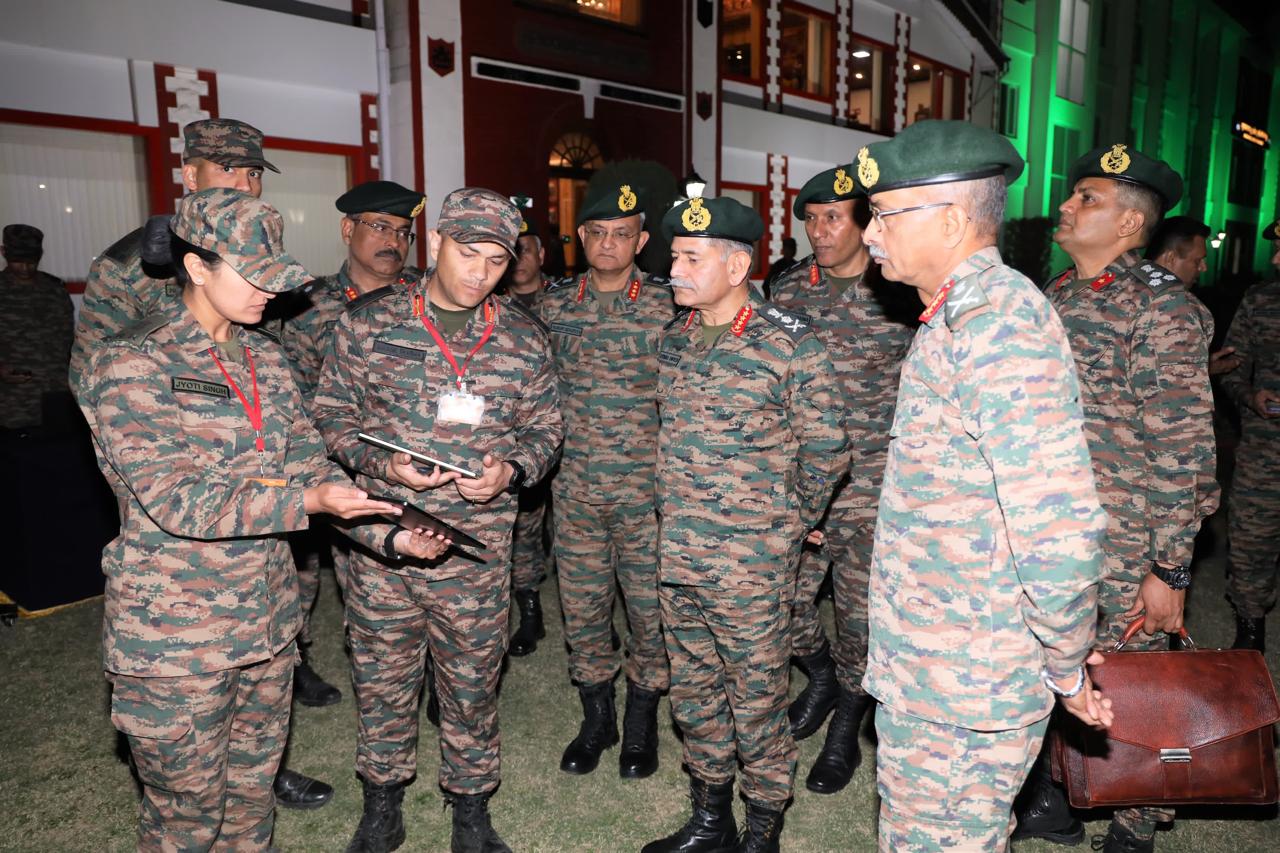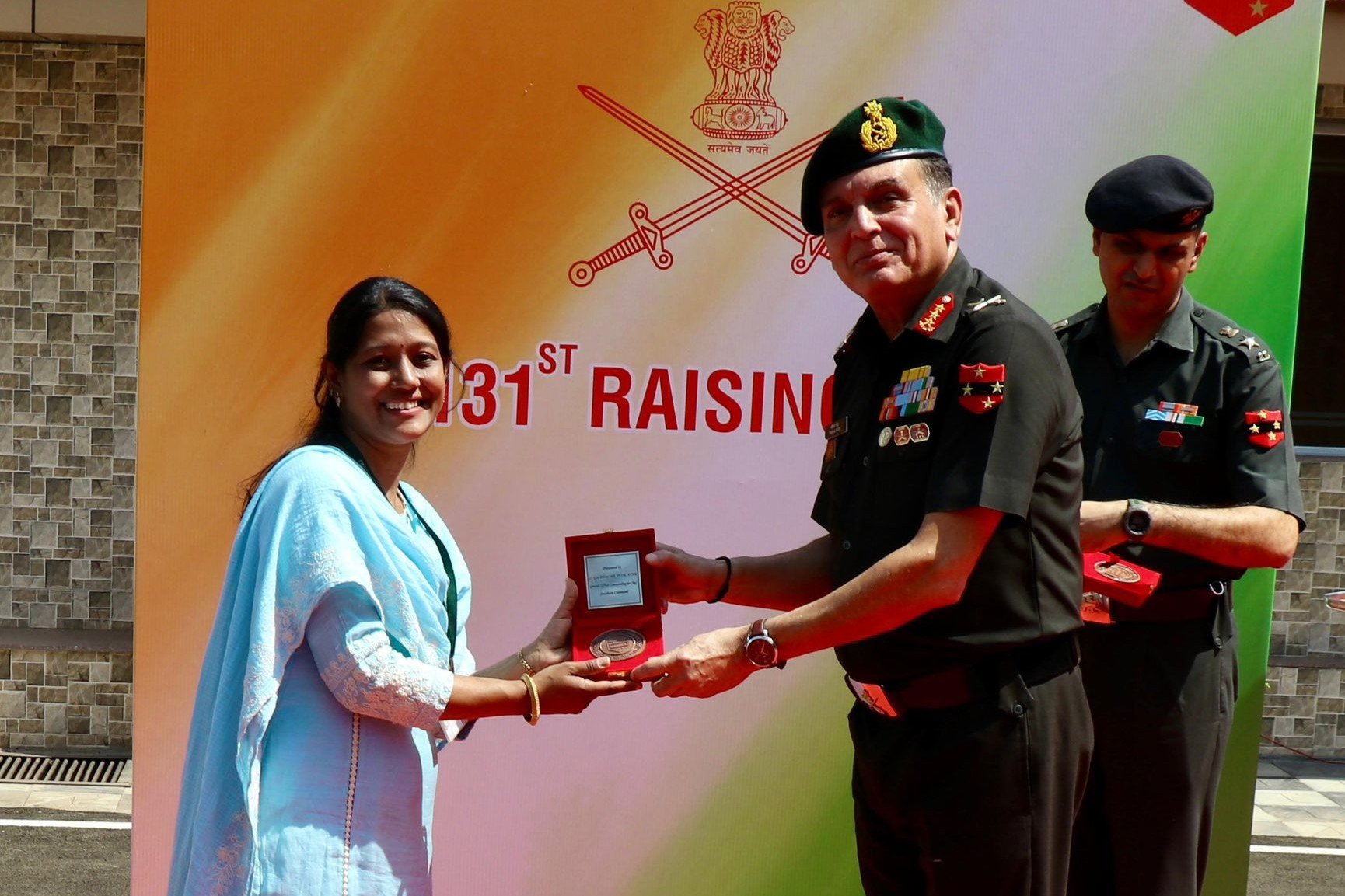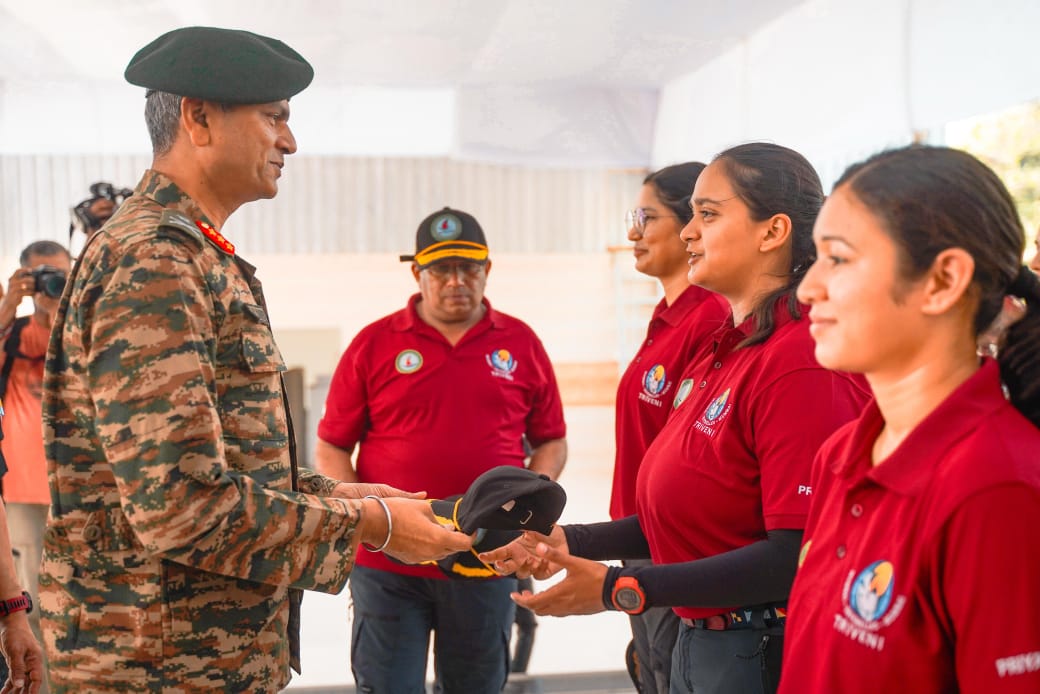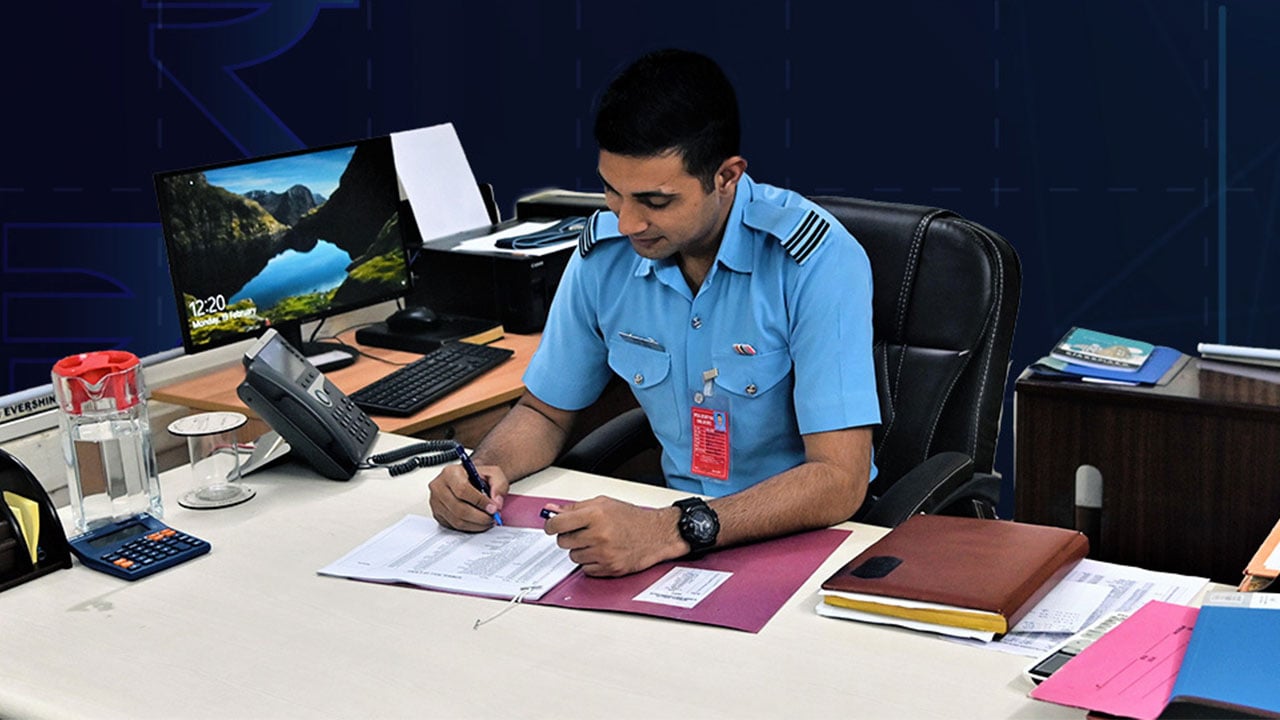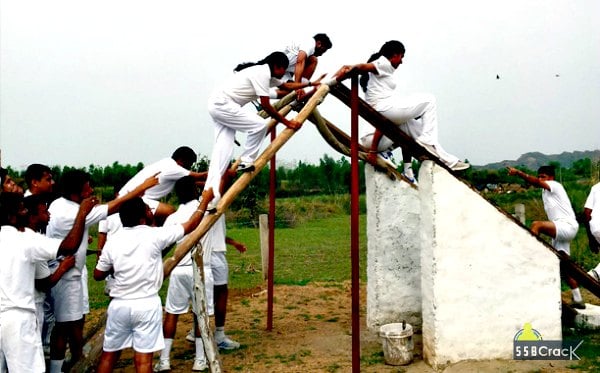In a noteworthy revelation about the Indian Air Force’s (IAF) operational and strategic readiness, it has come to light that the IAF continues to store around 40 retired MiG-23 fighter jets. Despite having retired this aircraft model from active service more than a decade ago—with the MiG-23MF variant being the first to retire in 2007 followed by the MiG-23BN in 2011—the IAF retains these jets under the supervision of its Maintenance Command.
The storage of these aircraft is not merely a relic of the past; it serves multiple potential purposes. Firstly, these retired jets could serve as a critical reserve of spare parts, providing necessary components for the upkeep of current operational aircraft. Additionally, they hold significant value as training assets. Ground staff, engineers, and technicians can use the MiG-23s for practical training, such as learning about assembly, placement, and research of aircraft parts. This hands-on experience is invaluable, offering insights and knowledge gleaned from an aircraft that has previously been operational.
Moreover, the MiG-23s present opportunities for testing new maintenance methodologies, which can enhance the longevity and operational efficiency of newer aircraft in the IAF’s fleet. These legacy jets can also be used for live weapons testing, avionics assessments, and other evaluation tasks without putting the current active fleets at risk.
The MiG-23 itself is a notable piece of aviation history, classified as a third-generation fighter jet equipped with variable-geometry wings that can be adjusted in-flight for optimal performance. Originally designed by the Mikoyan-Gurevich design bureau in the Soviet Union, the MiG-23 boasts a maximum speed of 2,500 km/h and was the first Soviet fighter to incorporate a look-down/shoot-down radar system. Furthermore, the MiG-23 was pioneering in its armament capabilities, being one of the first fighters outfitted with beyond-visual-range missiles. During its tenure, over 5,000 units were produced, making it the most manufactured variable-sweep wing aircraft in history.
While the majority of the MiG-23s have been retired, a limited number of MiG-23UB trainers remain operational, serving essential roles in pilot training exercises, including target towing and simulating enemy aircraft.
The IAF’s retention of these retired aircraft underscores a strategic approach to training and experimentation, ensuring that legacy knowledge and experience continue to inform and enhance the capabilities of current and future personnel.



